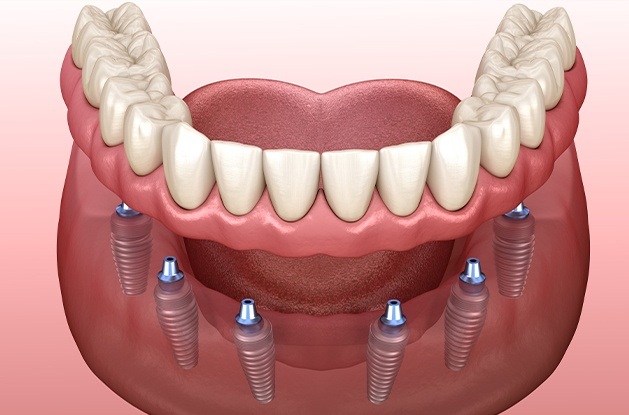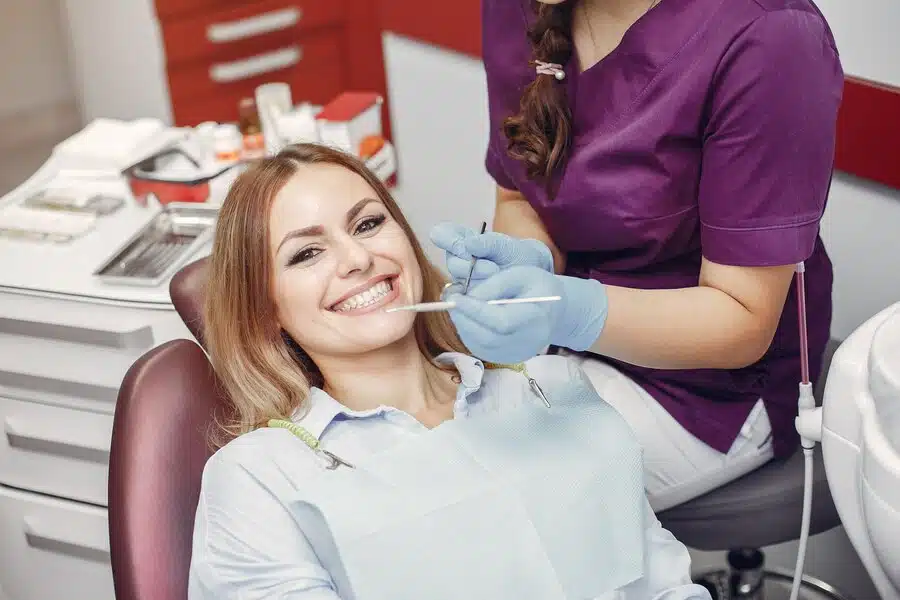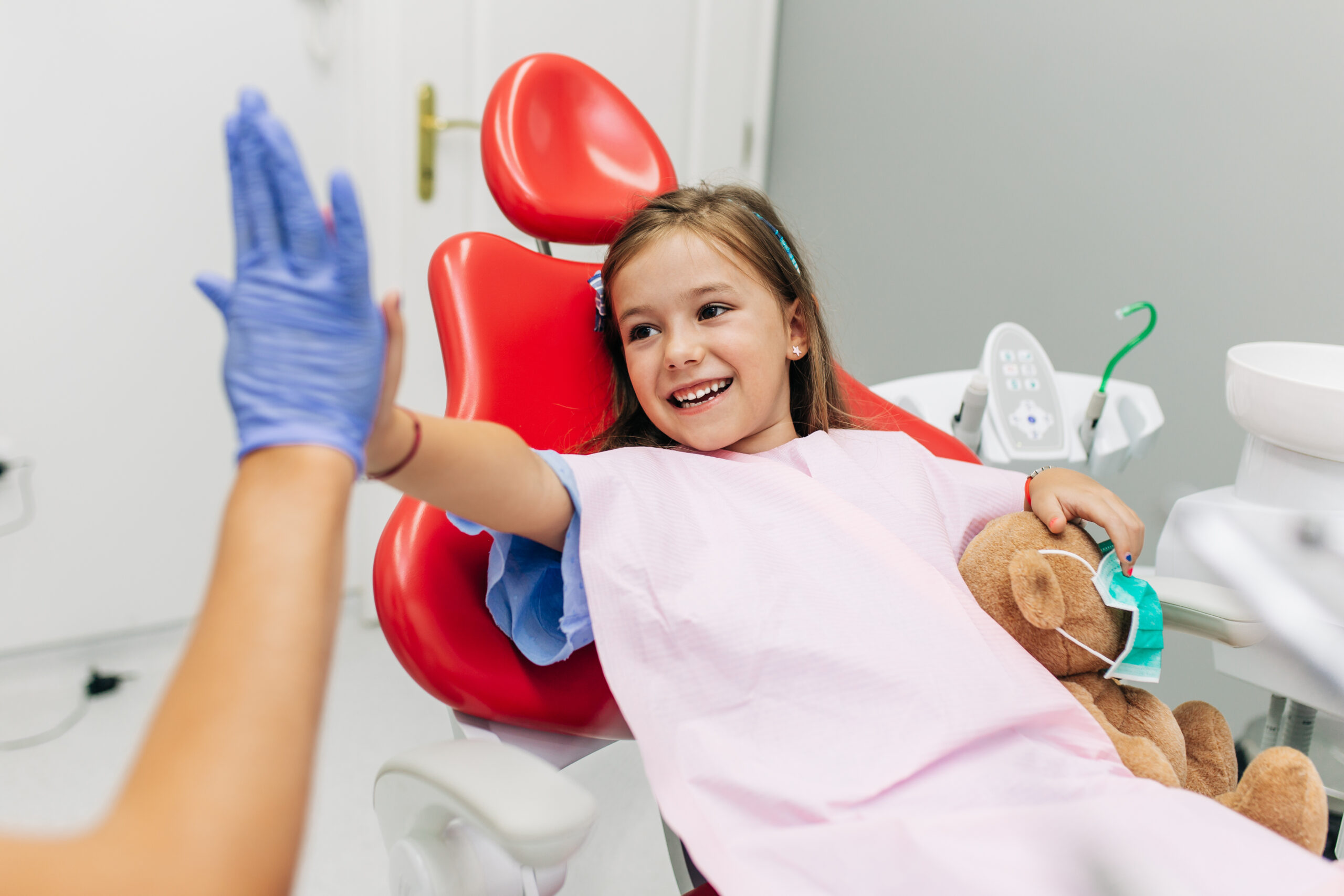Prosthodontic rehabilitation is a comprehensive treatment approach offered by the dentist near Buffalo Grove, IL, that aims to restore the oral function, comfort, and aesthetics of patients with complex dental needs. This multidisciplinary field combines the expertise of prosthodontists, orthodontists, oral surgeons, and other dental specialists to address a wide range of dental challenges.
What is prosthodontic rehabilitation?
Prosthodontic rehabilitation is a transformative dental treatment approach that restores the oral function, comfort, and aesthetics of patients with complex dental needs. This comprehensive process involves a team of dental specialists, including prosthodontists, orthodontists, oral surgeons, and periodontists, working together to address a wide range of dental challenges. From dental implants and implant-supported restorations to crowns, bridges, and dentures, prosthodontic rehabilitation utilizes cutting-edge techniques and technologies to create customized treatment plans that meet each patient’s unique needs.
What are the goals of prosthodontic rehabilitation?
The goals of prosthodontic rehabilitation are:
- Restore Oral Function: Improve chewing efficiency, speech, and overall oral function.
- Enhance Aesthetics: Improve the appearance of the teeth, gums, and facial profile.
- Improve Comfort: Eliminate pain, discomfort, and TMJ disorders.
- Boost Self-Confidence: Enhance self-esteem and overall quality of life.
- Prevent Further Tooth Loss: Stabilize and protect remaining teeth.
- Restore Occlusal Harmony: Achieve a stable and harmonious bite.
- Improve Nutrition: Enable proper chewing and digestion of food.
- Enhance Facial Support: Restore facial contours and support.
- Address TMJ Disorders: Treat temporomandibular joint pain and dysfunction.
- Improve Overall Health: Link oral health to overall systemic health and well-being.
What is the treatment planning involved in prosthodontic rehabilitation?
Treatment planning for prosthodontic rehabilitation involves a comprehensive approach to address the patient’s unique needs and goals. The following steps are involved:
- Initial Consultation: Patient evaluation, medical and dental history, and treatment goals.
- Clinical Examination: Visual examination, radiographs, and diagnostic impressions.
- Diagnostic Wax-Up: Creating a wax model to visualize the proposed treatment.
- Treatment Options: Presenting and discussing treatment alternatives.
- Risk Assessment: Identifying potential risks and complications.
- Collaboration: Coordinating with other dental specialists (e.g., orthodontist, oral surgeon).
- Patient Education: Explaining treatment details, timeline, and costs.
- Informed Consent: Obtaining patient consent for treatment.
- Treatment Sequence: Outlining the step-by-step treatment plan.
- Provisionalization: Creating temporary restorations to test aesthetics and function.
- Final Restorations: Delivering the definitive prosthodontic restorations.
- Follow-Up: Monitoring and adjusting the treatment as needed.
What are the treatment options for complete prosthodontic rehabilitation and rejuvenation?
Treatment options for prosthodontic rehabilitation include:
- Dental Implants: Artificial tooth roots for crowns, bridges, or dentures.
- Crowns: Artificial caps for damaged or decayed teeth.
- Bridges: Artificial teeth replacing missing teeth, anchored by crowns.
- Dentures: Removable appliances replacing missing teeth.
- Partial Dentures: Removable appliances replacing some missing teeth.
- Implant-Supported Dentures: Dentures anchored by dental implants.
- Overdentures: Removable dentures fitting over existing teeth or implants.
- Orthodontic Treatment: Tooth alignment for improved aesthetics and function.
- Periodontal Treatment: Gum therapy for healthy tissue support.
- Occlusal Adjustments: Bite alignment for comfortable chewing.
- TMD Treatment: Temporomandibular joint therapy for pain relief.
- Grafting and Bone Augmentation: Enhancing tissue support for implants.
- Sinus Lifts: Elevating the sinus membrane for implant placement.
- Ridge Augmentation: Enhancing the jaw ridge for implant support.
- Provisional Restorations: Temporary restorations for aesthetic and functional testing.
What are the benefits of prosthodontic rehabilitation?
Here is a list of benefits of prosthodontic rehabilitation:
- Improved oral function
- Enhanced aesthetics
- Increased comfort
- Better nutrition
- Enhanced facial support
- Improved speech
- Increased self-esteem
- Supports overall health
- Durability and longevity
- Customized treatment
- Collaborative care
- Improved quality of life
- Reduced anxiety
- Increased chewing efficiency
- Beautiful smile
- Boosted confidence
- Improved overall well-being
- Enhanced facial contours
- Relief from TMJ disorders
- Relief from dental pain
Wrapping up
Prosthodontic rehabilitation offers a comprehensive solution for patients with complex dental needs, addressing both functional and aesthetic concerns. By combining the expertise of multiple dental specialists, this approach can transform patients’ lives, improving their oral health, confidence, and overall well-being.



